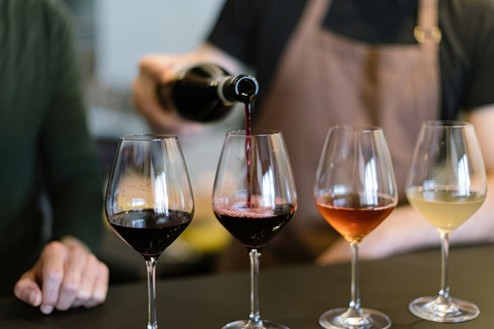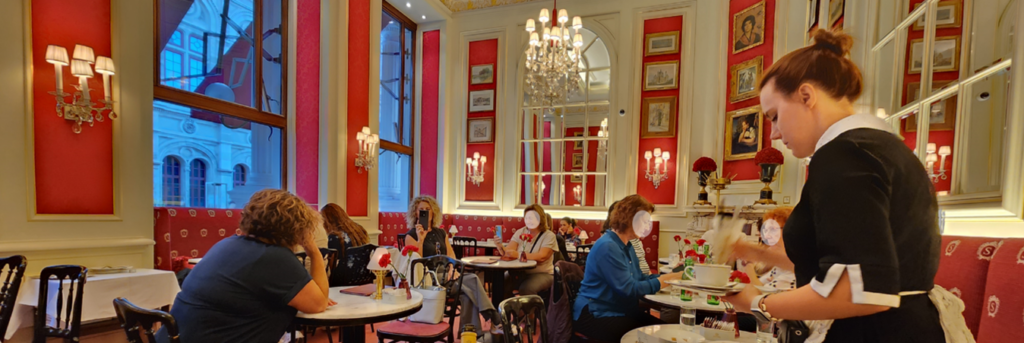As we celebrate ten years of Power Tasting, we can’t help but look back at all the wineries we’ve been to all around Wine Country. Most of our experiences have been very positive, but there have been a few clunkers along the way. We’ve been across the United States and up into Canada. We’ve tasted wine in half a dozen European countries and have reported on our prior experiences around the globe. We thought it might be a good idea for this anniversary to share with our readers the way we go about reporting on wine tasting.
Photo courtesy of Mintel Store.
First of all, we are very deliberate about choosing where to go wine tasting. We realize that most Americans who enjoy wine tasting are more likely to visit California than anywhere else, and we travel there at least once a year. Yes, we visit Napa Valley and Sonoma County, more than a few times over ten years. But we’ve also been everywhere in the state from Temecula in the south to Lake County in the north and many places in-between. We have been as interested in tasting wine at some of the most famous vineyards, but have equally enjoyed discovering great wine in places we never expected to find it. And we’ve loved sharing these places with our readers. And we try to taste wherever we go in Europe as well.
We perform structured interviews at each winery. If possible, we talk with the tasting room manager, but if that person is not available, we talk with the people who serve us. It’s a plus if we get to meet the winery owner or the winemaker. We document everything we can that might possibly be of interest to our readers, although we know that a lot will never be in print.
Subjects range from rather important matters about the tasting experience to trivia. Of course, we record the wines served and the ones we particularly would recommend. We also try to capture impressions of the architecture, the view and the interiors. We evaluate the knowledge and educational ability of the servers and their general attitude towards their customers. We even take a look at the merchandise they sell, the artwork, the parking facilities and whether they allow picnicking.
We rarely tell the wineries in advance of our visits that we are from Power Tasting and will be reporting on our tasting experience there. On the other hand, we always introduce ourselves to tasting room personnel as being from the e-magazine when we arrive. As much as possible, we want to be treated like all other wine tasters, while at the same time we don’t like to spring a surprise on the servers.
As much as possible, we try to gather information that we think other wine tasters might be interested in. For example, we always ask about wine clubs in American wineries and if they are accommodating to their members requests for changes and special orders. If so it shows how they care about their customers.















